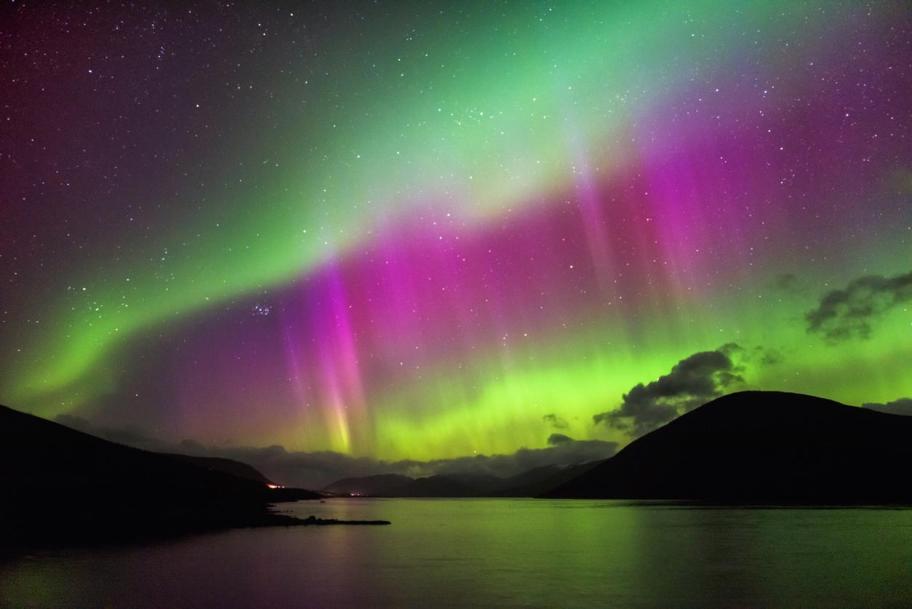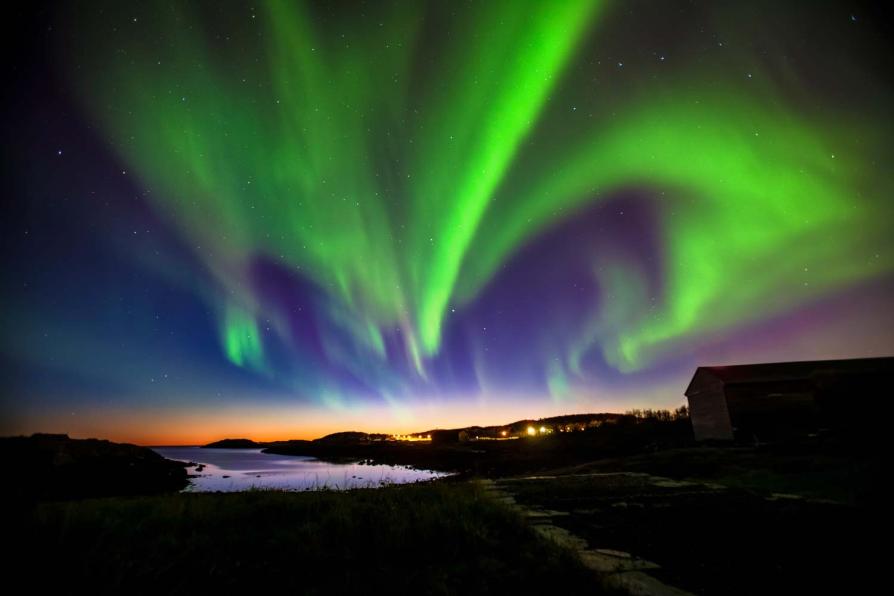Northern Lights Through the Ages: A Historical Perspective on Aurora Borealis Sightings
The Northern Lights, also known as Aurora Borealis, have captivated human imagination for centuries. These celestial displays of light have been documented in historical records, folklore, and literature, providing a glimpse into the cultural significance and scientific understanding of this natural phenomenon.

Early Observations And Cultural Interpretations
References to the Northern Lights can be traced back to ancient times. In Norse mythology, the Aurora Borealis was associated with the Valkyries, female spirits who carried fallen warriors to Valhalla. The Sami people of Scandinavia believed the lights were a manifestation of their ancestors' spirits dancing in the sky.
In many cultures, the Northern Lights were seen as a sign of good luck, prosperity, or divine intervention. However, some cultures also associated them with misfortune, war, or impending doom. These diverse interpretations reflect the awe and mystery surrounding this celestial phenomenon.
Scientific Explanations And Modern Understanding
As scientific knowledge advanced, explanations for the Northern Lights shifted from mythological and cultural beliefs to scientific understanding. In the 17th century, Galileo Galilei proposed that the lights were caused by sunlight reflecting off particles in the Earth's atmosphere. This theory was later refined by Kristian Birkeland, who in the early 20th century demonstrated that the lights were caused by charged particles from the sun interacting with the Earth's magnetic field.

Today, we know that the Northern Lights are a result of solar wind, a stream of charged particles emitted from the sun, interacting with the Earth's magnetic field. When these particles collide with atoms and molecules in the atmosphere, they excite them, causing them to emit light. The color and shape of the lights depend on the type of particles and the altitude at which they interact.
Historical Records And Artistic Depictions
Throughout history, the Northern Lights have been recorded in written accounts, paintings, and other artistic expressions. In China, the first written records of the Aurora Borealis date back to the 3rd century BCE. In Europe, medieval chronicles and tapestries often depicted the lights as celestial omens or divine manifestations.
In the 19th century, the Northern Lights became a popular subject for artists and writers. Romantic poets like William Wordsworth and Samuel Taylor Coleridge were inspired by the lights' beauty and mystery. Painters such as J.M.W. Turner and Frederic Edwin Church captured the ethereal and awe-inspiring nature of the phenomenon in their works.
Contemporary Significance And Future Research
In modern times, the Northern Lights continue to captivate people worldwide. They are a popular tourist attraction in regions where they are visible, and many people travel to experience the spectacle firsthand.
Scientific research on the Northern Lights is ongoing, with scientists studying the interactions between solar wind and the Earth's magnetic field, as well as the impact of human activities on the phenomenon. This research helps us better understand the dynamics of the Earth's atmosphere and the complex processes that create these celestial displays.
The Northern Lights have been a source of wonder, inspiration, and scientific inquiry throughout human history. From ancient myths and legends to modern scientific explanations, the Aurora Borealis continues to capture our imagination and remind us of the interconnectedness of our planet and the cosmos.
YesNo

Leave a Reply